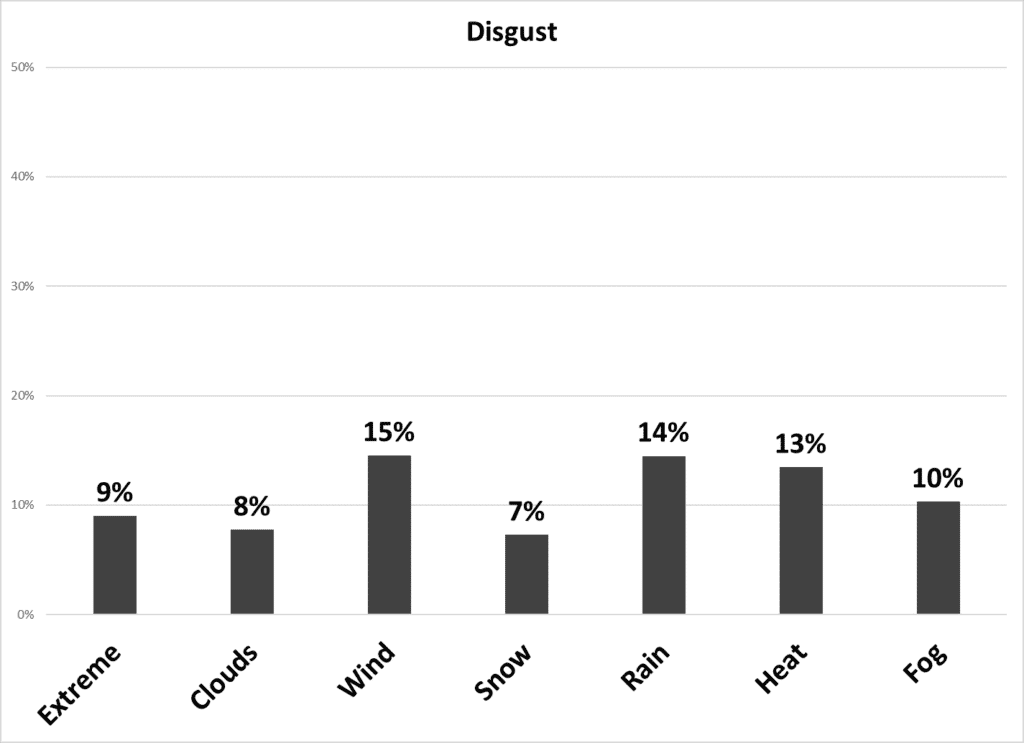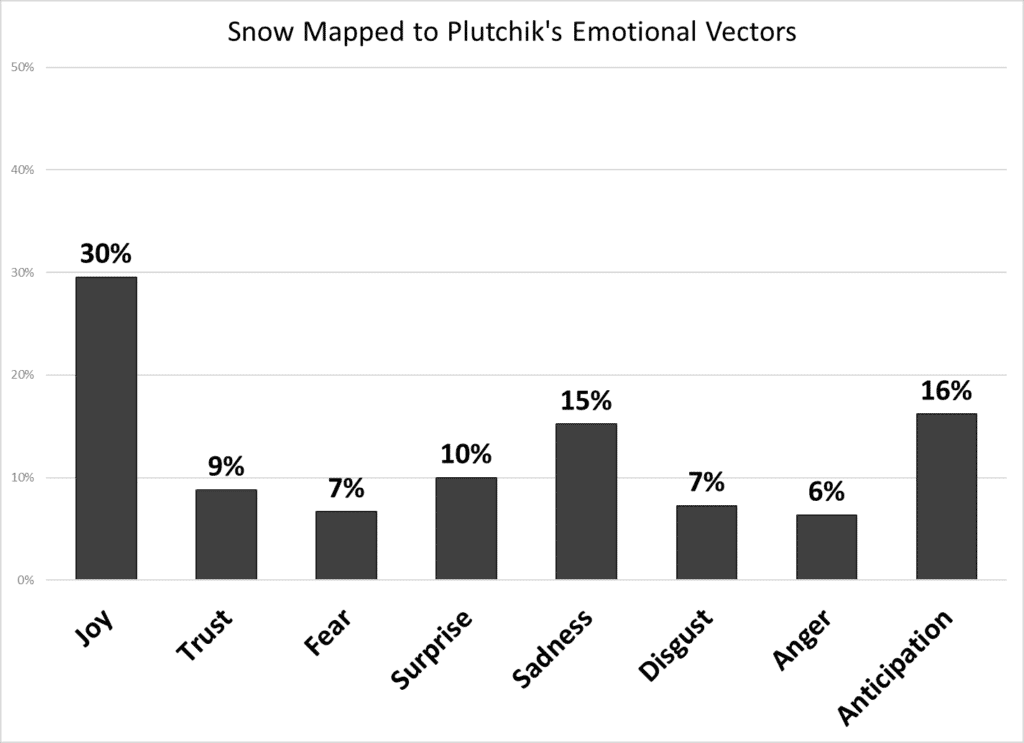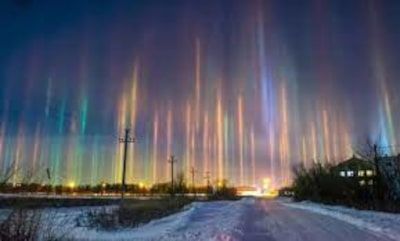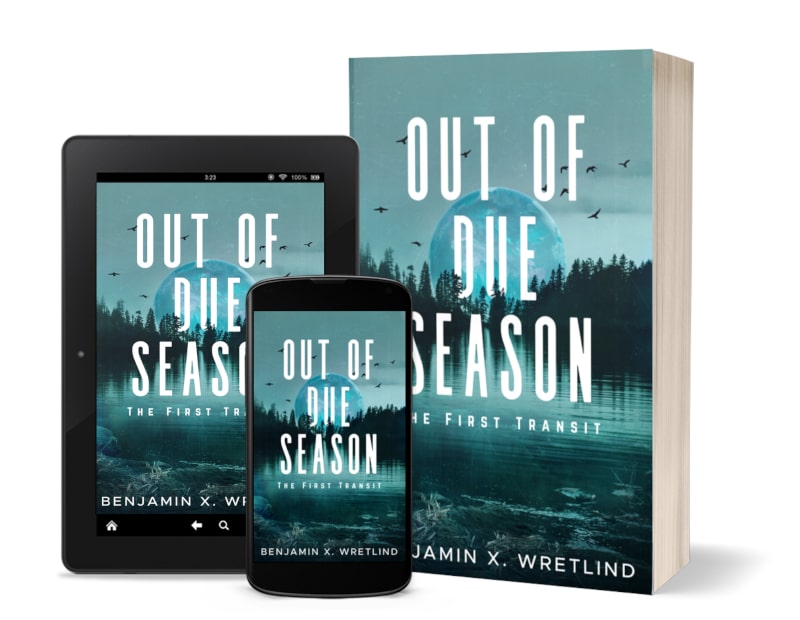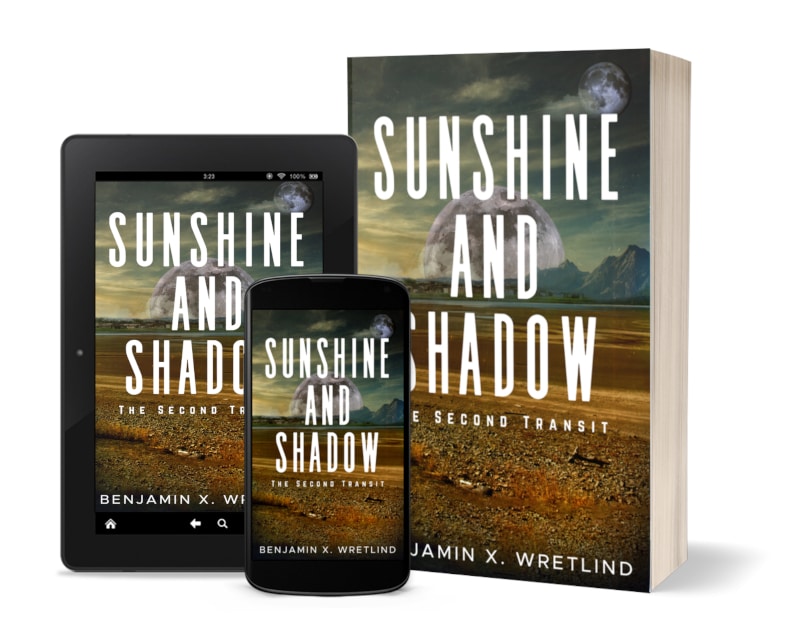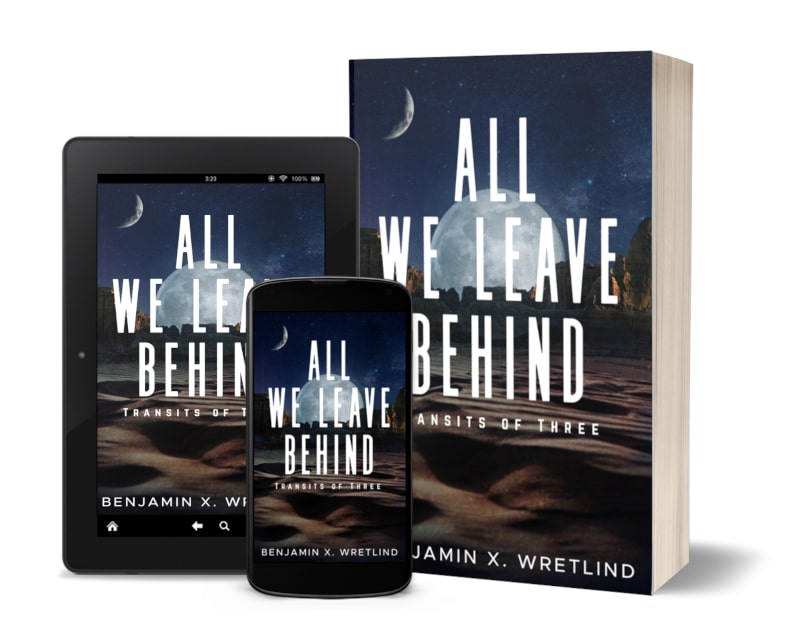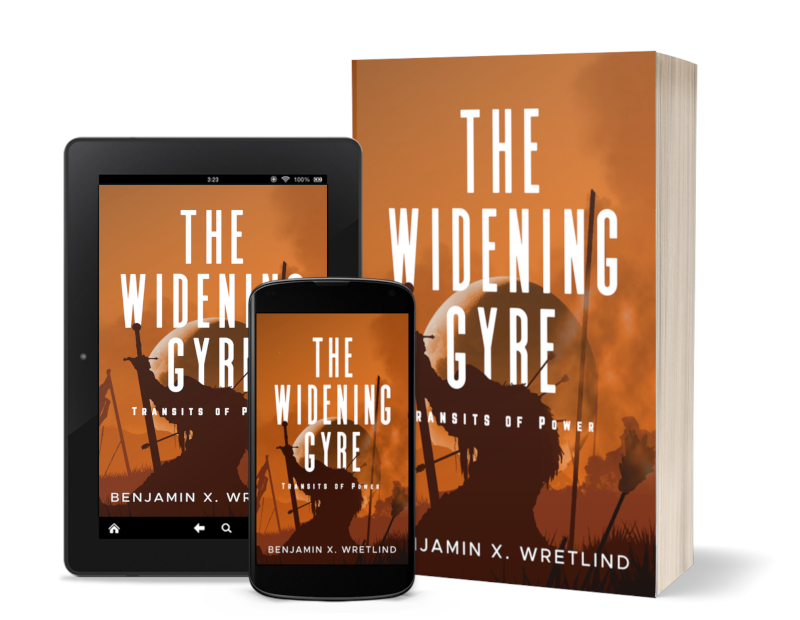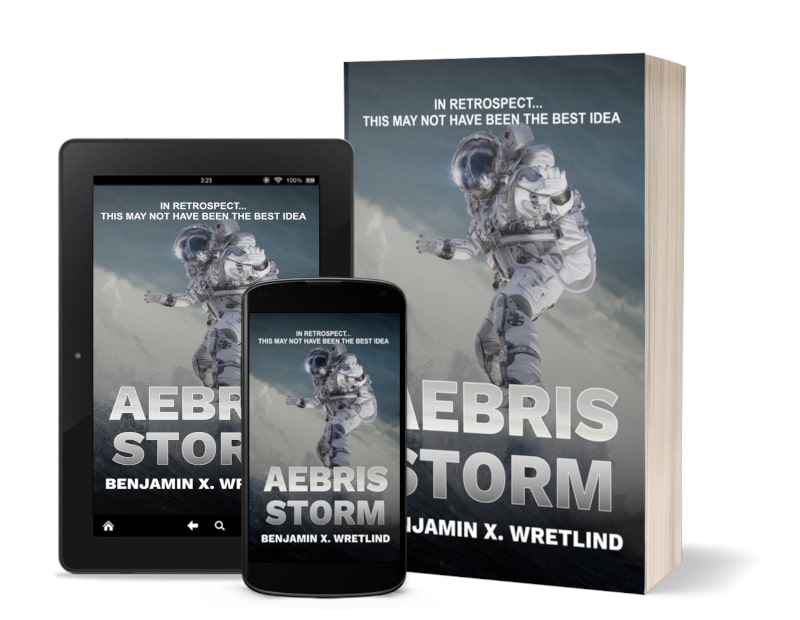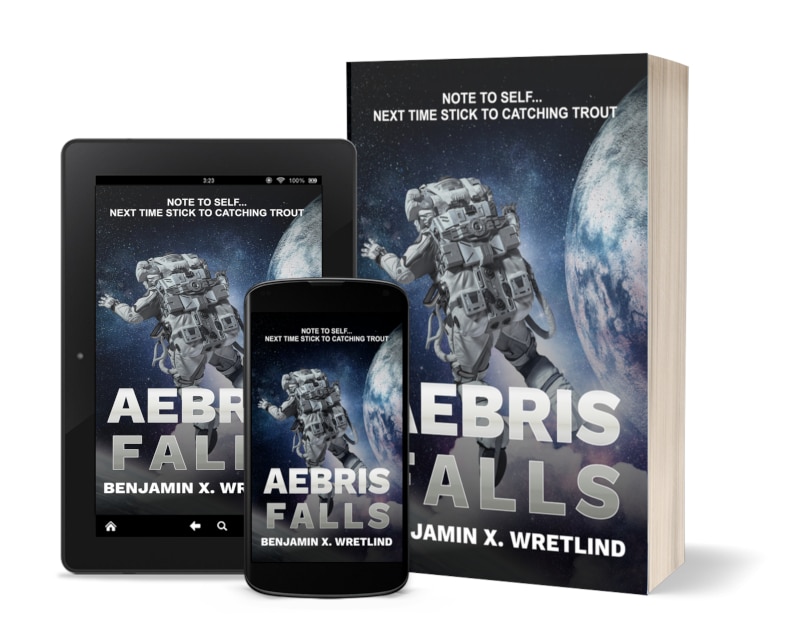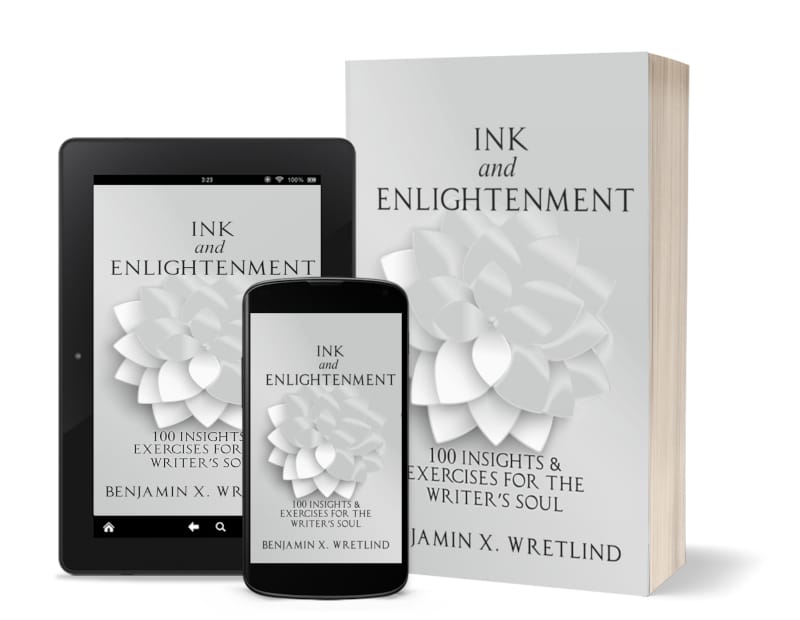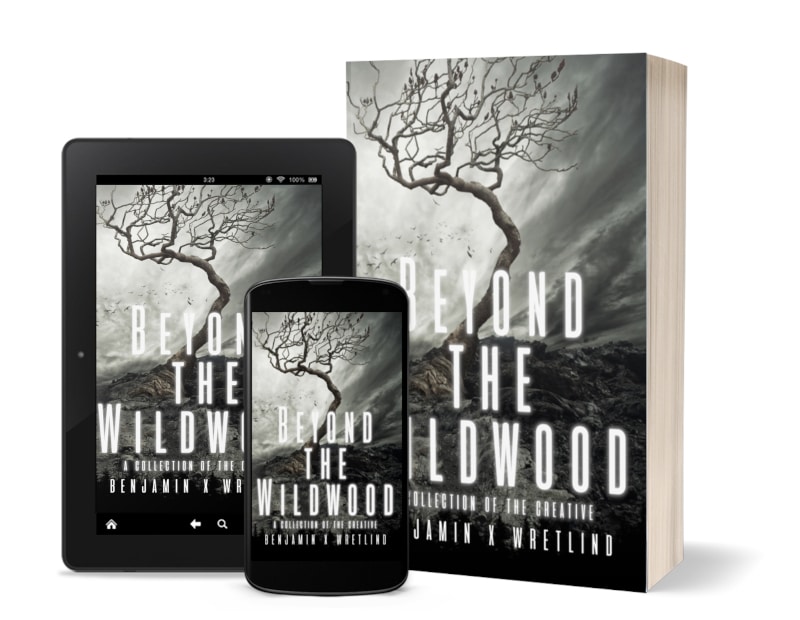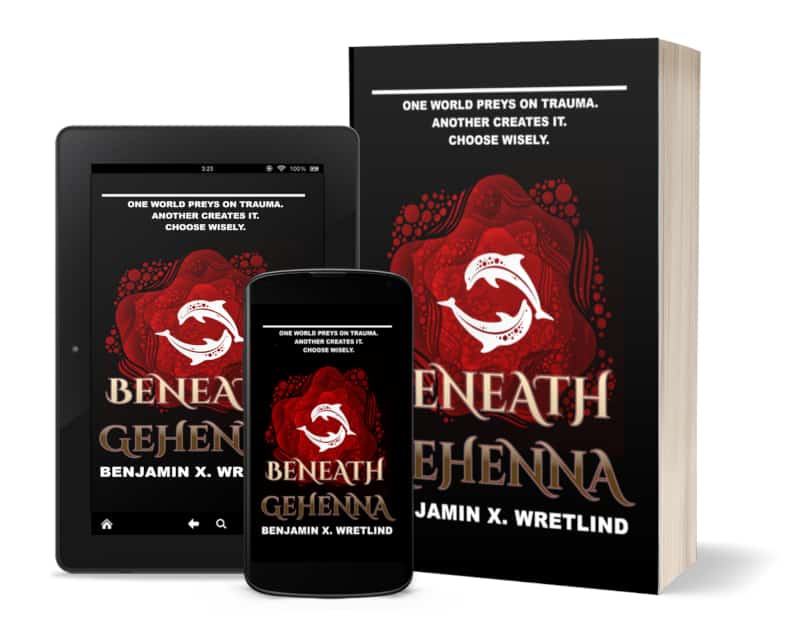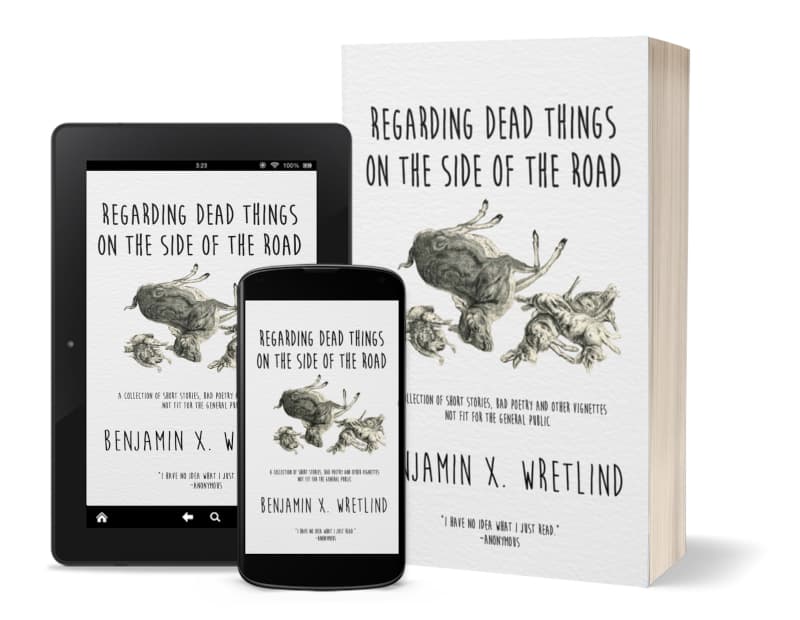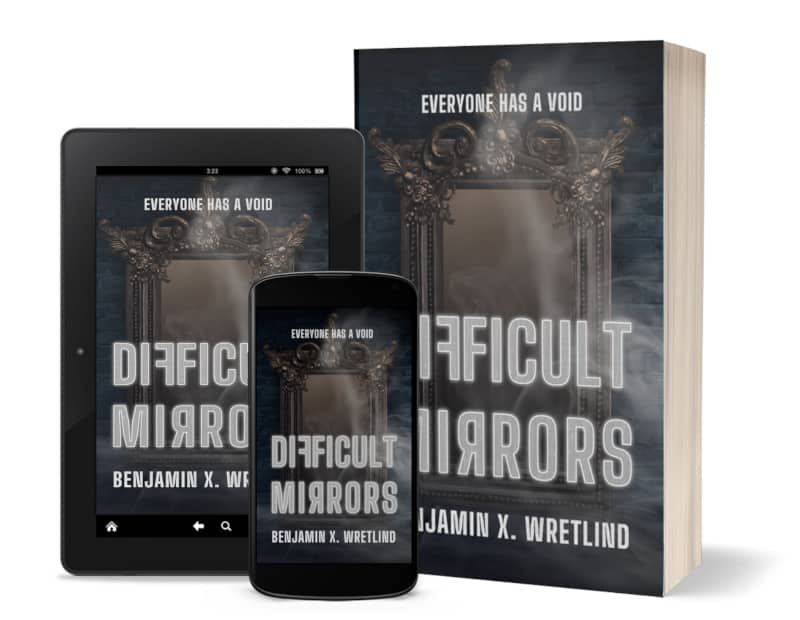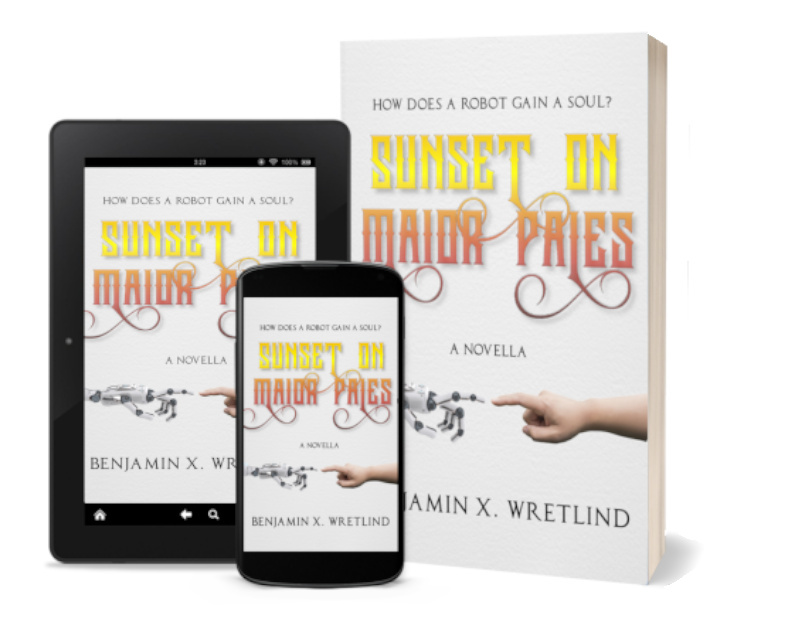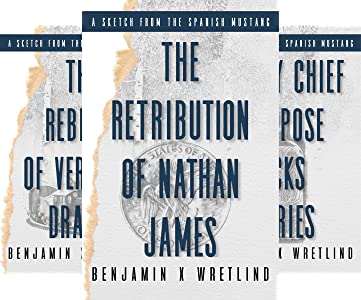On Precipitation & Emotion
Precipitation is not the most writerly word. Rain, snow, sleet, hail, ice crystals–these are more likely to show up in your writing.
To be annoyingly specific, precipitation is any sort of water particle, frozen or liquid that falls and reaches the ground.
- Rain
- Drizzle
- Ice Pellets (I had my hand slapped if I called this sleet)
- Hail
- Snow Pellets (or small hail)
- Snow
- Snow Grains
- Ice Crystals
Typically, writers (me included) stick to rain and/or snow in their fictional tomes. They are the most prevalent and well-known of the precipitation types, but both of these actually conjure up different emotions.
When I ran my experiment on weather and emotions, I discovered there was no one clear winner when it came to rain. In fact, the only emotion that wasn’t associated with rain was trust. No element really leaned toward trust.
I guess no one trusts the weather.
Here are two charts where rain showed up more prominently.
A note on the above two images: percentages are relative to that weather element, not to each other. Using the above left chart as an example, 14% of all rain weather pictures fell into the disgust spectrum, which also includes loathing, boredom, contempt, and remorse.
Rain came in second to heat under the emotion of sadness. It also came in second to wind along the emotional spectrum of disgust.
The pitter-patter of constant rain on the roof of a house can certainly bring about feelings of boredom or even thoughts of remorse. This is not true of deluges—rain that falls in buckets, to use the cliché.
While rain is second to wind, it is important to note that rain is often used in situations when you want to slow the action down. Having your character step inside out of the rain and drink tea while looking out a window, can bring up other emotions, however, like pensiveness or anticipation.
Snow, on the other hand, had differing results. With snow, the majority opinion was that of joy, to include ecstasy, serenity, optimism, and love.
Yes, ecstacy.
(As a side note, since my methodology was so sound (ahem), I had to go back and remove all those survey entries that listed “ecstasy” for every single picture. I mean, I know the weather is exciting, but not every picture should bring up that emotion.)
Is this always the case? Do descriptions of snow always conjure up feelings of joy, ecstasy, serenity, optimism, or love?
Here is a passage from The Life and Adventures of Nicholas Nickleby by Charles Dickens. You tell me what emotion is intended here.
The night and the snow came on together, and dismal enough they were. There was no sound to be heard but the howling of the wind; for the noise of the wheels, and the tread of the horses’ feet, were rendered inaudible by the thick coating of snow which covered the ground, and was fast increasing every moment.
– From The Life and Adventures of Nicholas Nickleby by Charles Dickens
If you chose anticipation or vigilance, you might be on to something. Dickens uses the image of increasing snow to increase the dread in the reader in an event which leads to an accident on the road.
Other Precipitation Types
So what of the other precipitation types? While I did not specifically call them out in my study, I do have a few thoughts.
Drizzle (droplets of precipitation less than 0.5 mm in diameter) lowers the visibility. As I mentioned in my post on fog and emotion, lowered visibility conjures up feelings of joy (ecstasy, serenity, optimism and love), anticipation (vigilance, interest, aggressiveness and optimism), and fear (terror, apprehension, submission and awe). It all depends on how you set the scene.
You can also use a light drizzle to “dampen the mood.”
Ice pellets are interesting. When I was in school for all things meteorology, I was told to never call ice pellets sleet. Sleet is not a real thing (as far as my instructor was concerned). But it is to most people, and most people feel chilled, anxious, or annoyed when there is sleet outside. Think about driving in it.
Snow grains are essentially frozen drizzle, but as rain does not bring up the same emotional response as snow, snow grains are unlikely going to bring up the same emotions as drizzle.
Frankly, I have never read a story where snow grains are incorporated.
In my experiment, I did in fact have some images of hail. Since hail is associated with thunderstorms, however, the responses to those images fell along the same spectrum as extreme weather, that is fear with a slight lean toward anticipation and rage. Rage makes sense if you imagine hail beating crops to death or breaking car windows.
Finally, we get to ice crystals. I love ice crystals and first saw them when I was living in Alaska.
Ice crystals can come in the forms of columns, needles, plates or dendrites. They are so small that they seem to be suspended in air and occur at very low temperatures in a stable atmosphere.
Light reflected through ice crystals may cause a ‘light pillar’ or optical effect above the light source. To me, it always looked like diamond dust and signified it was freaking cold outside.
I have no idea what emotion ice crystals might conjure, but like snow grains, I haven’t come across them in my reading.
Learn more in Creating Atmosphere with Atmosphere: How to Use Weather as a Literary Device


